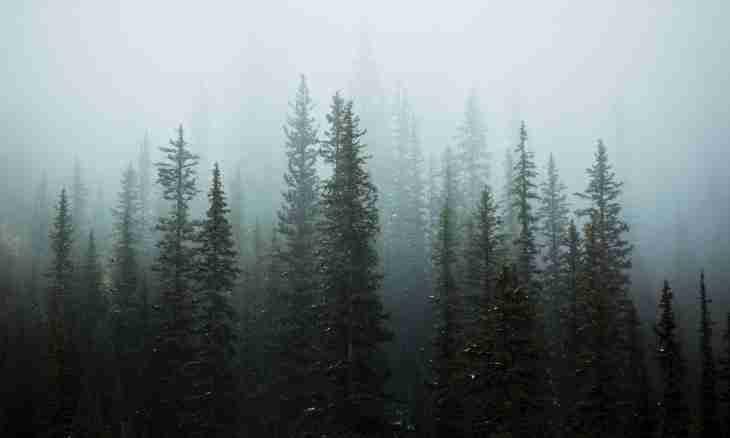Coniferous evergreen plants do not change color seasonally. But, if you attentively observe the autumn wood, then will notice, as among coniferous trees there are exceptions. For example, the larch needles turn yellow in the fall, and for the winter the tree dumps it.
It is required to you
- - metal tin;
- - pitch of a coniferous tree;
- - any heating device.
Instruction
1. To understand why coniferous trees do not change color, it is necessary to consider function of a leaf at trees and the seasonal processes happening to them. During vegetation - an active phase of life of a plant, leaves bear function of food. Moisture and salts from a root system comes to a leaf, in a leaf the photosynthesis is carried out and that is especially important, the leaf evaporates excess water.
2. The leaf carries out also gas exchange of a plant. The bunches of vessels departing from a leaf bear nutrients to all other parts of a plant. In a leaf there are plant waste products including salts. Eventually the moment comes to get rid of them, and the plant drops a leaf.
3. Angiospermae (that is deciduous) flowering plants in our latitudes dump foliage in the fall. This phenomenon is also called "leaf fall". It is very convenient for a plant as in the fall the movement of juice at trees stops, and the evaporating function of leaves has to be stopped. Thus, dropping leaves is also adaptation protecting a plant from moisture loss.
4. Just before a leaf fall there is a change of color of foliage. So occurs because leaves lose the chlorophyll which is contained in living cells of a leaf, and these cages die off. But how to leave a tree, leaves are painted in various shades of yellow and red colors.
5. Coloring of autumn leaves is caused by the bacteria and fungi in a large number developing in dead fabric of a leaf. The high content of salts, residues of starch, cellulose which are saved up in a leaf during its activity do it by excellent nutrient medium for microorganisms.
6. At coniferous plants everything is differently. The needles, in difference from leaves, evaporate very few water. Pick up a needle of a pine or fir-tree: these needles are rigid also slippery, they are covered with a layer of vegetable wax. And pitch of these plants - substance viscous, slowly evaporating. Thanks to such devices of a pine, for example, can grow in very droughty area.
7. That is why coniferous trees change needles slowly, gradually, and do not participate in a leaf fall. Microorganisms are not inclined to attack the dying-off needles too. Conduct a simple experiment: heat small quantitatively pitches in a metal tin. You will feel a strong smell of turpentine, and at the bottom of banks there will be a rosin. Both of these products for bacteria and fungi are unattractive.
8. But we will return to a larch. Slightly stroke-oar its needles. Larch needles soft, there is no wax-like layer on it. The needles of a larch are similar to usual foliage, and honor its ability to evaporation of water same, as at deciduous trees.
9. That is why the larch dumps needles in the fall. But pitch is available for it, and microorganisms do not strike its needles. Therefore the larch needles, losing a chlorophyll, just turn yellow.
